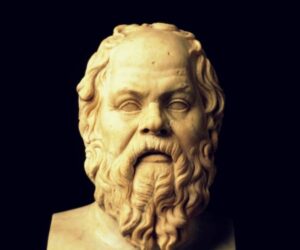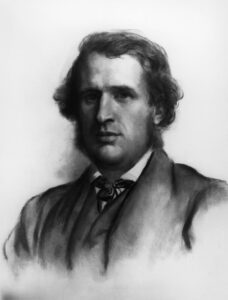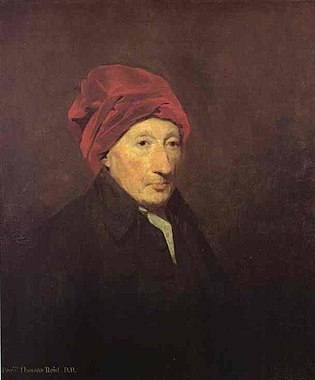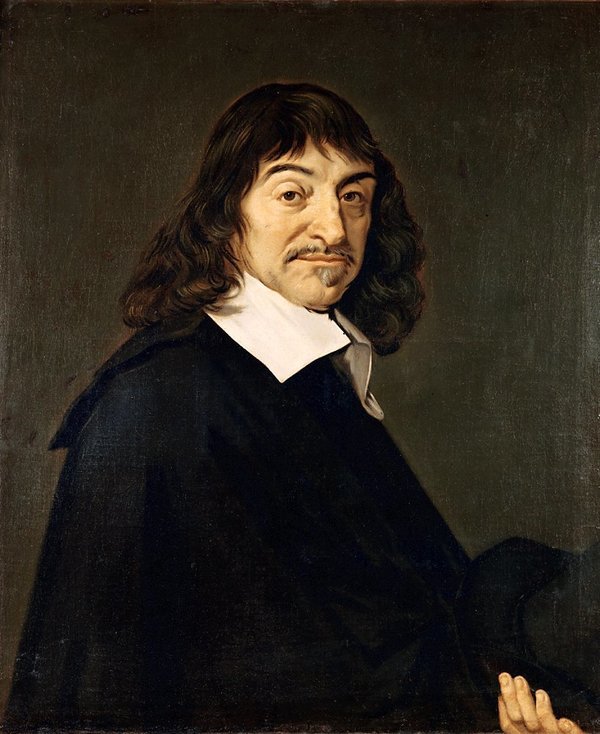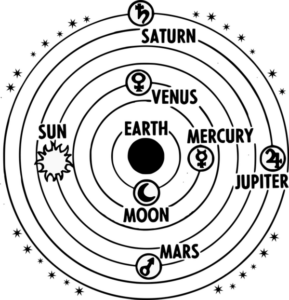How might belief in God figure into the good life? In this session, we’ll consider arguments that every rational person should believe God exists. We’ll also ask what role, if any, observation and rational argument should play in religious belief.
Read This:
Interactive Essay: Natural Theology in Aquinas and Anselm
Key Concepts:
- Natural theology
- Aquinas’ Five Ways
- The ontological argument
Watch This:
Do This:
- Complete lessons 1-10 of thinkARGUMENTS by Saturday, October 18.
- Complete Map to the Good Life Activity #2 by Friday, October 17.
- Complete Argument Capstone 2 by Saturday, October 18.
- Complete the first section of your Apology essay by Saturday, November 1.
- If you would like to apply for the GGL Fellows Program, the application is due November 7. (Decisions will be released by November 23.)
Pre-Class Questions
Your responses to the following questions are due on Canvas before class. Your top 15 scores of the semester will count toward your final grade.
- Create an argument map for one of Aquinas’ Five Ways, and give a possible objection to a specific premise or inference from the argument.
- In your own words, what is “natural theology”? What do you see as the main pros and cons of this approach? Explain.
Map to the Good Life
This prompt will be one of your options to address in Activity #4 of Map to the Good Life, which will be due before your dialogue group meeting on November 10 or 11.
Write a dialogue in which a believer in God and an atheist discuss one of Aquinas’ Five Ways, Anselm’s ontological argument, or another argument for God’s existence you are familiar with. The believer and the atheist should consider whether the argument is convincing, with the atheist raising one or more specific objections to it.






